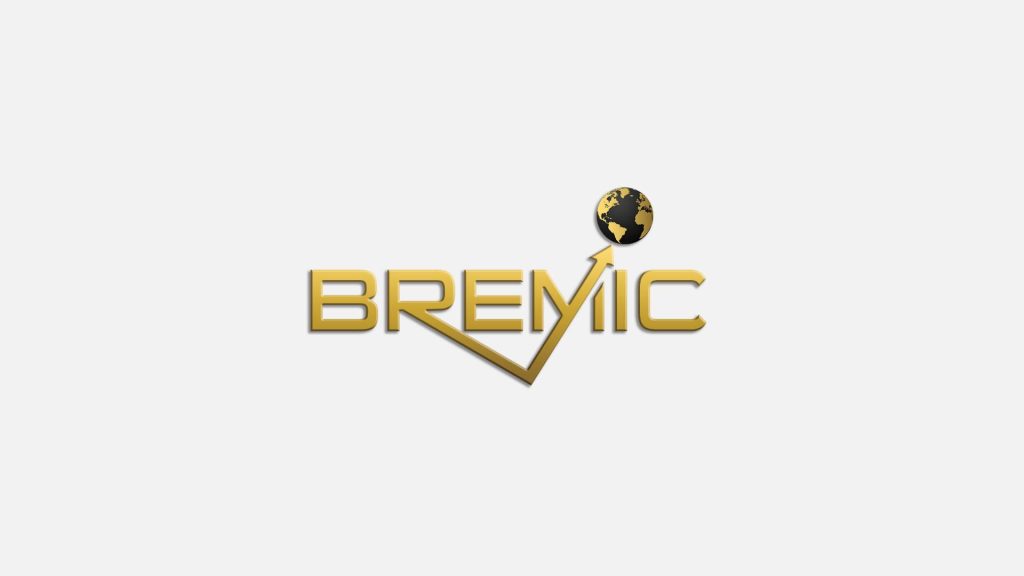Understanding DHTML: The Super Language for Web Development
If you’re a web developer or someone who’s interested in web design, you’ve probably heard of DHTML. It stands for Dynamic HyperText Markup Language, and it’s a language that combines HTML, JavaScript, and CSS into one super language for web development. In this blog post, we’ll take a closer look at DHTML, its features, and why it’s important for web developers in today’s world.
DHTML was first introduced back in the 1990s as a way to add interactivity and animation to websites. It’s based on HTML, which is the markup language used to create web pages, and adds JavaScript and CSS to allow for dynamic content and animation. The different web design languages are seamlessly integrated into DHTML, making it easier for web developers to create complex and interactive web pages with ease.
DHTML Features
One of the key features is its ability to change the content of a web page without reloading the entire page. This makes it possible to create interactive elements like drop-down menus, tooltips, and pop-up windows. JavaScript is used to handle these dynamic elements, while CSS is used to style and position them on the page.
Another important feature is its support for multimedia content. With DHTML, web developers can easily embed audio, video, and other multimedia content into web pages. This makes it possible to create engaging and interactive websites that go beyond just static text and images.
DHTML is also important for responsive web design, which is an approach to web design that prioritizes user experience across different devices and screen sizes. With DHTML, developers can create web pages that are optimized for different devices by using responsive design techniques such as media queries and flexible layouts.
Finally, it is an essential tool for web developers who want to create complex and interactive web applications. With DHTML, developers can create web-based applications that rival their native counterparts, without the need for plugins or third-party software. This includes everything from online productivity tools to online games to social networking sites.
Conclusion
In summary, DHTML is an essential language for modern web development. It combines HTML, JavaScript, and CSS into one super language, making it easier for web developers to create dynamic and interactive web pages and applications. Its support for multimedia content, responsive design, and interactive elements makes it an essential tool for any web developer looking to create engaging and interactive websites. With its wide range of features and capabilities, DHTML is sure to remain an important language in web development for years to come.
















